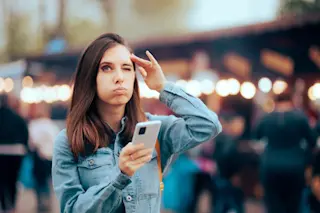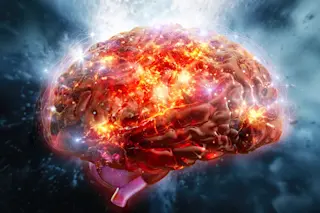Here’s an option for men struggling to find female partners: Hire a professional wing woman for a night on the town. A beautiful, charismatic companion will help ease you into conversations with prospective dates. At least, that’s the claim companies touting the service make.
But there may be another hidden advantage to your female companion, one rooted deep in our minds. Women seeking romantic partners seem to prefer men already chosen by another lady. It’s a notion ingrained in pop psychology, but actually based on the scientific hypothesis that heterosexual women practice “mate choice copying.” That is, females save time and energy finding a worthy mate by selecting one previously picked by others.
Researchers have documented mate choice copying in animals from rodents to birds to fish. But whether humans do it is more ambiguous.
In theory, going after men who are taken has its benefits. Biologists predict mate choice ...














